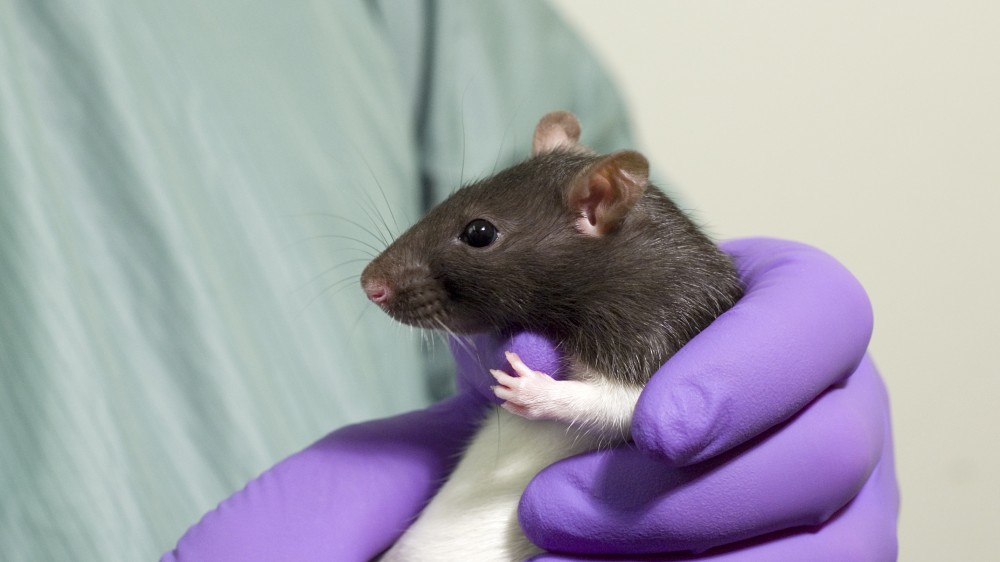Non-surgical approaches for sampling blood in the dog.
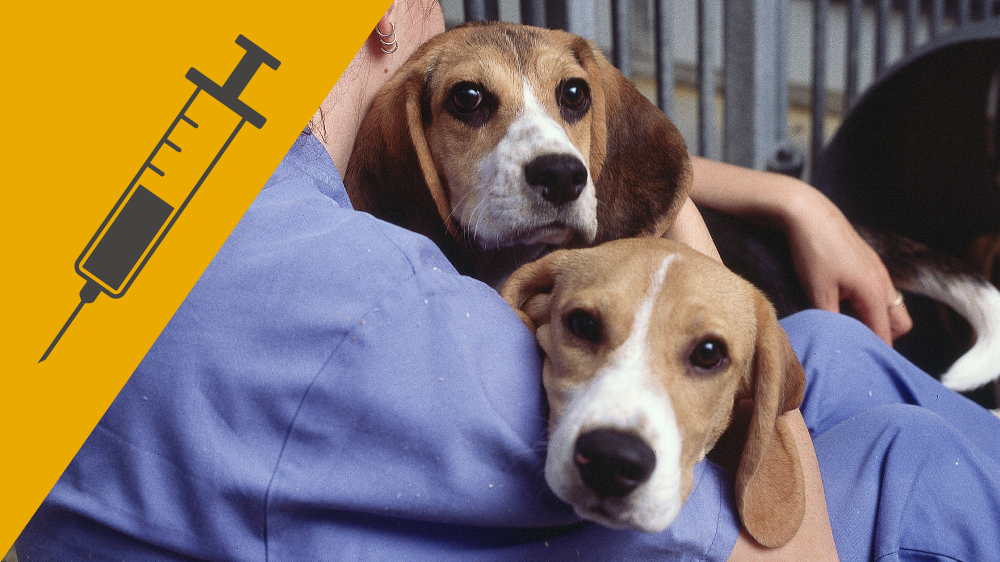
Non-surgical approaches for sampling blood in the dog.

Approaches for sampling blood in the guinea pig, covering non-surgical, surgical and terminal techniques.
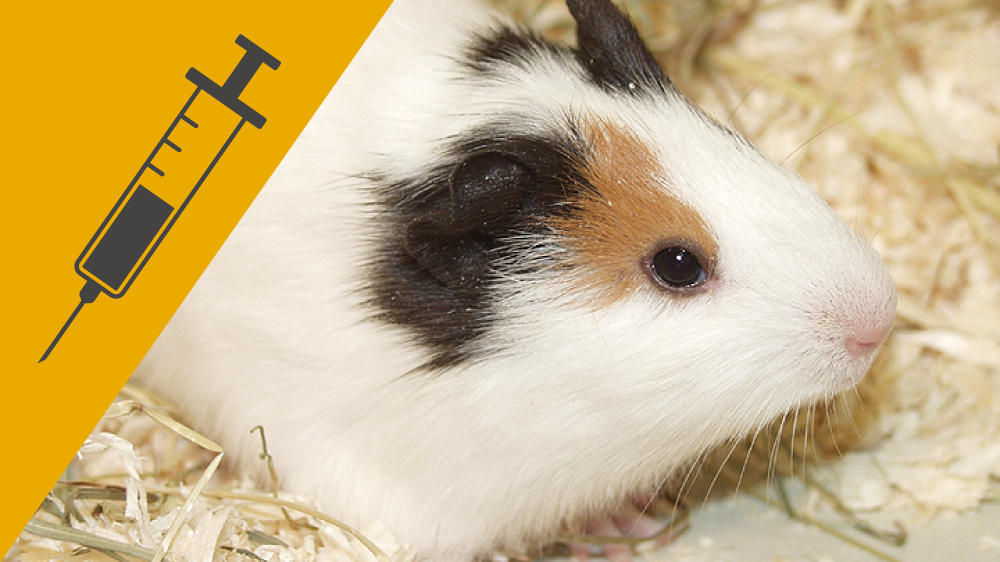
Approaches for sampling blood in the pig, covering non-surgical and surgical techniques.
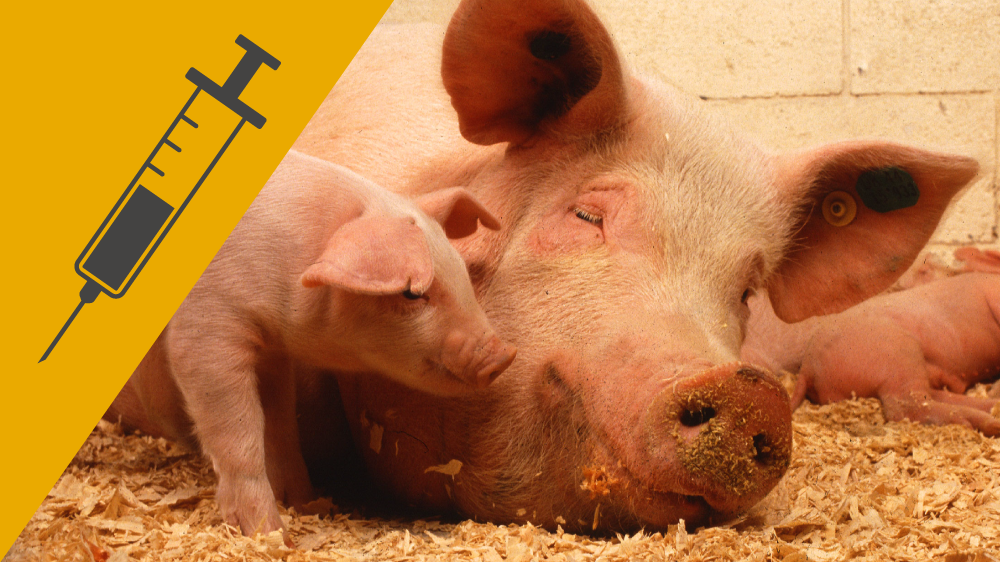
Approaches for sampling blood in the marmoset, covering non-surgical and terminal techniques.
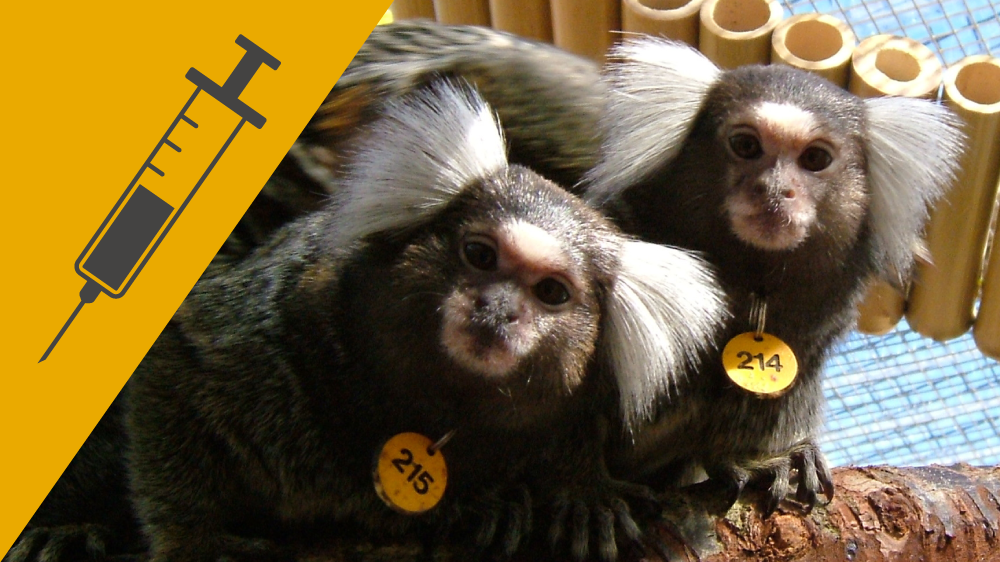
Principles to help minimise stress and discomfort in laboratory animals when taking blood samples.
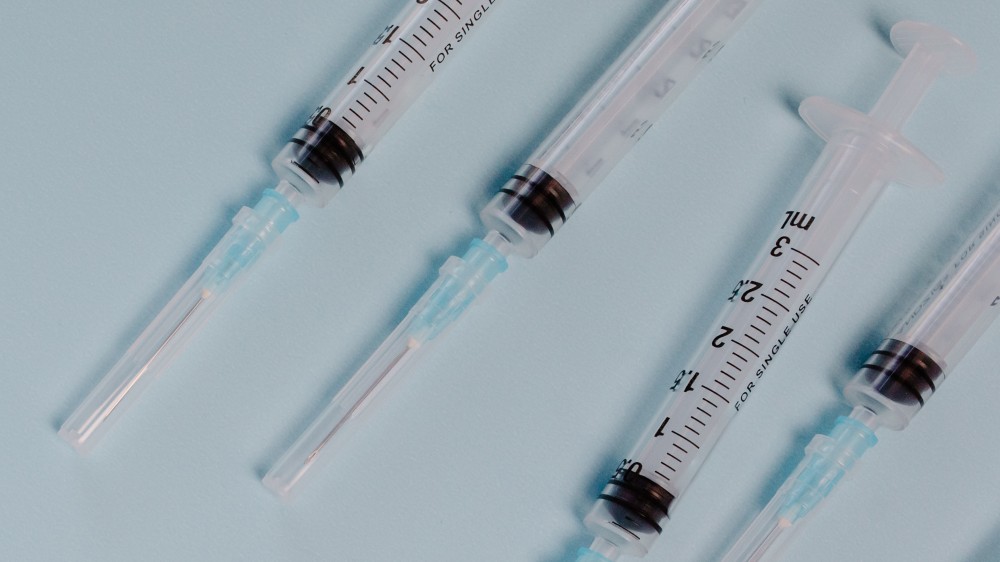
In this webinar Professor Paul Flecknell explains the benefits of e-learning for laboratory animal professionals.
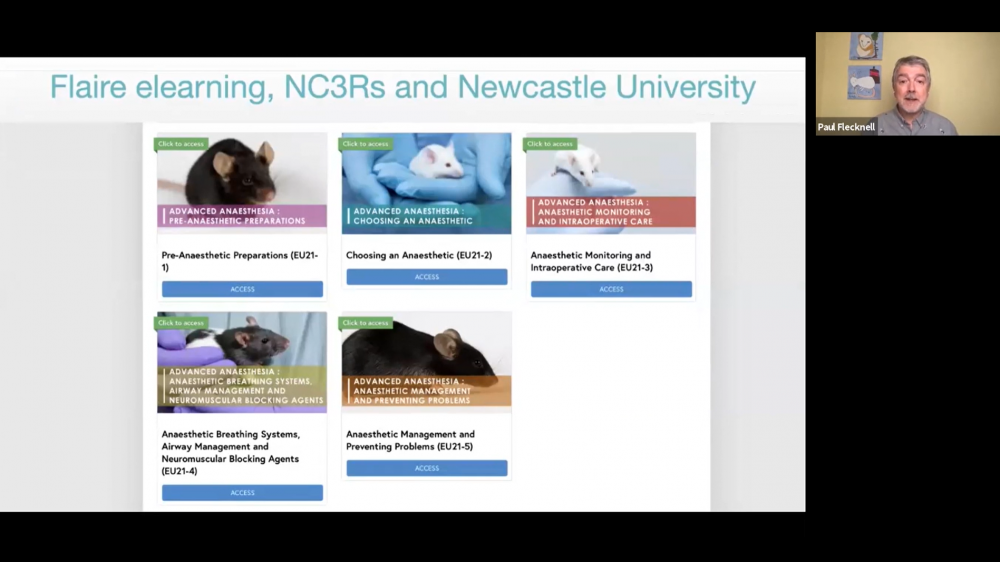
Amanda Novak (Edinburgh) presents advice on good surgical technique and refinements to incorporate into rodent stereotactic surgery procedures.

10 years of CRACK IT webinar: TaiNi, a small and ultra lightweight wireless EEG recording device.

Key papers and resources on the topic of microsampling.

Learn more about why the single use of needles should be standard practice and how to implement this in your facility.
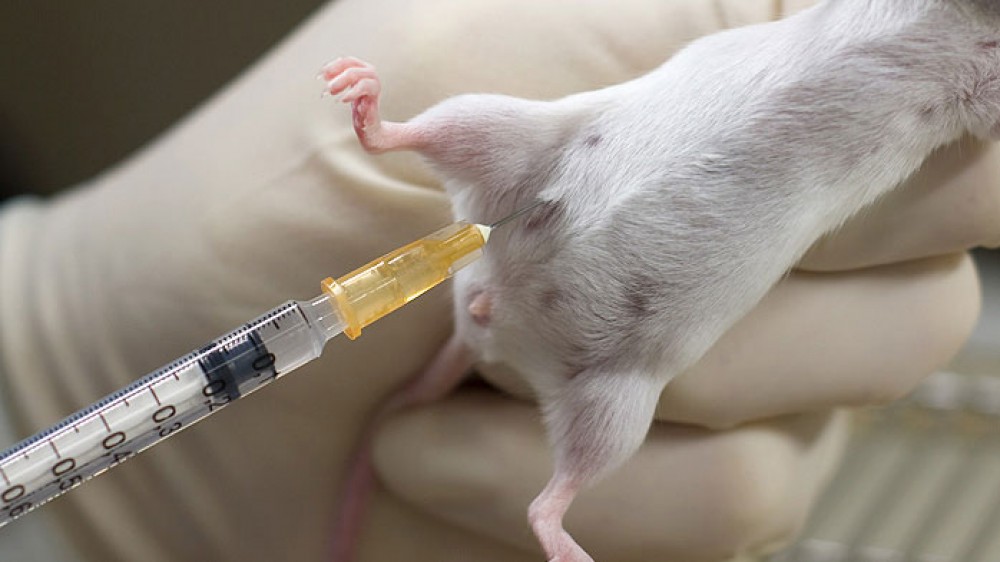
A technique to reduce the number of hens used for poultry red mite trials by up to 99% and a 3D culture that mimics the development of human embryos.

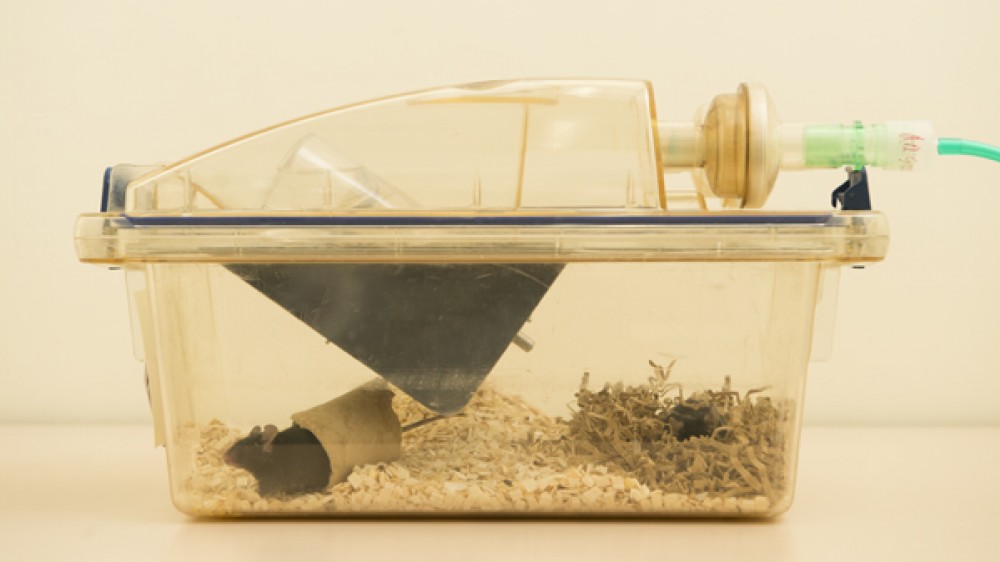
Ensuring best practice in anaesthesia for minor procedures.
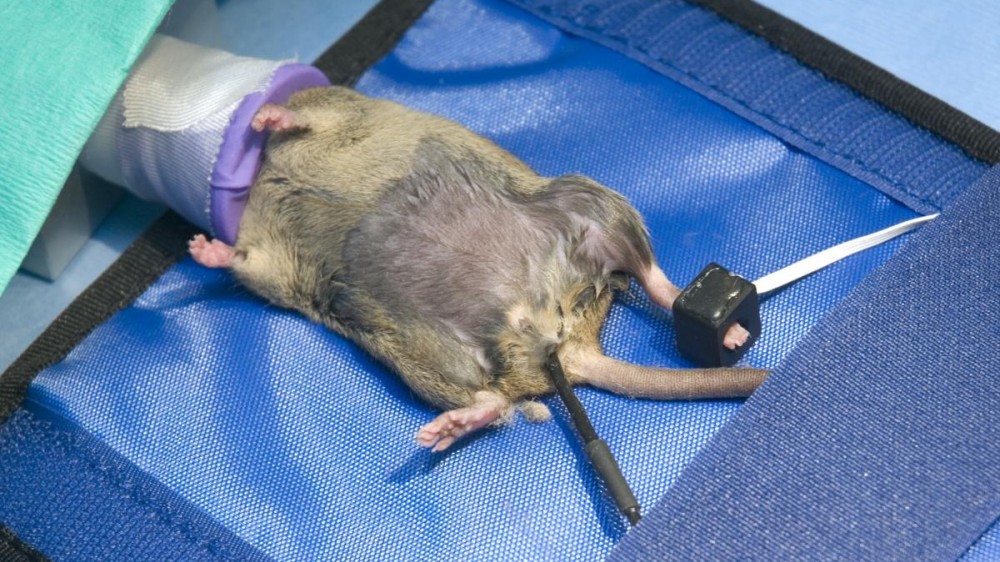
Factors to consider prior to anaesthesia of laboratory animals.
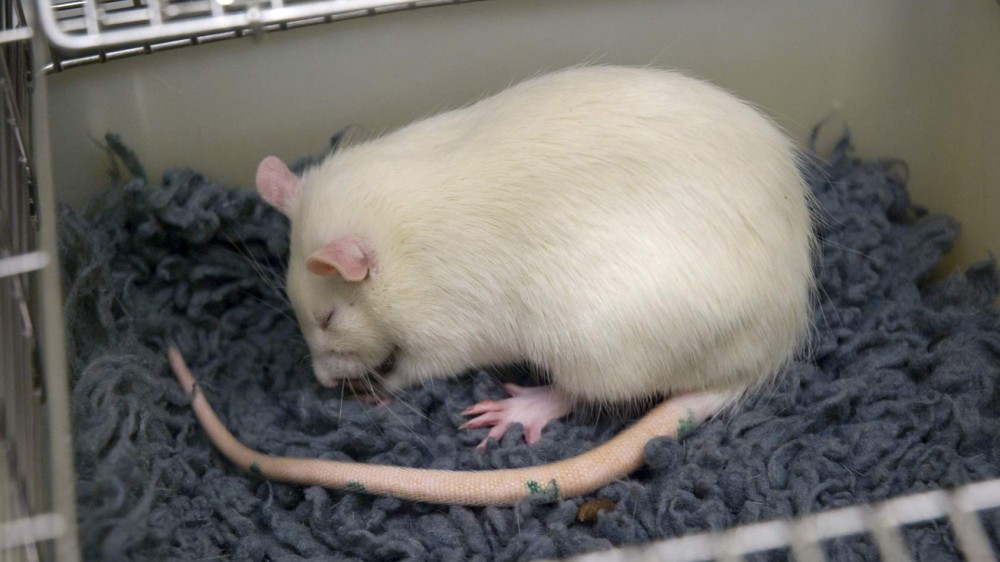
How to choose appropriate anaesthetic agents and regimens.
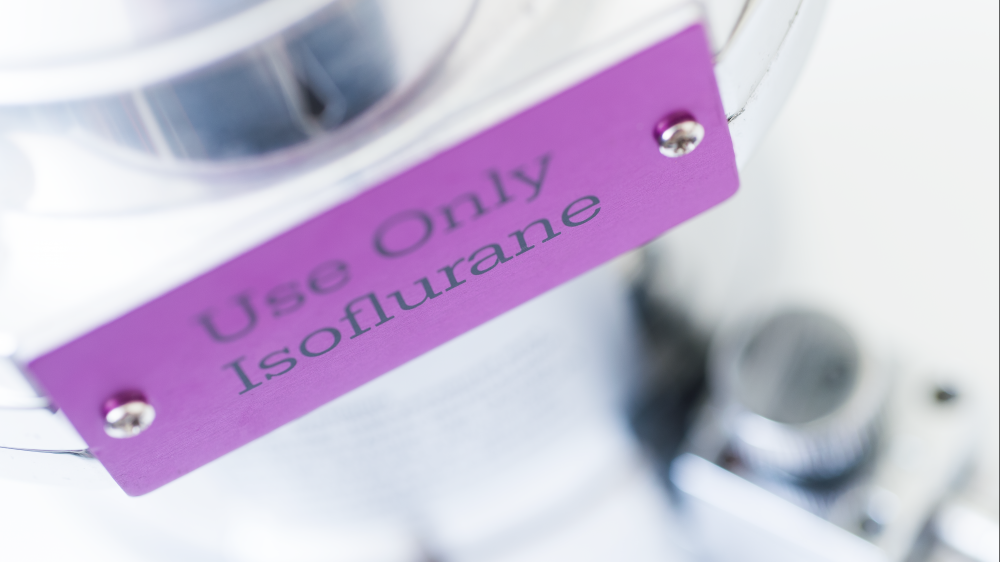
Why and how to monitor anaesthetised animals.
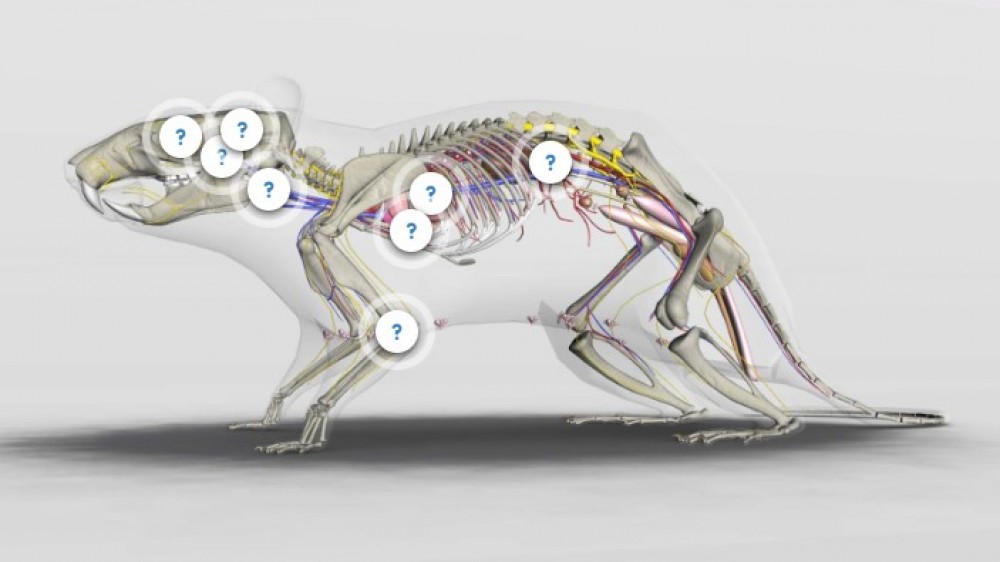
Use of different anaesthetic breathing systems, airway management, and neuromuscular blocking drugs.
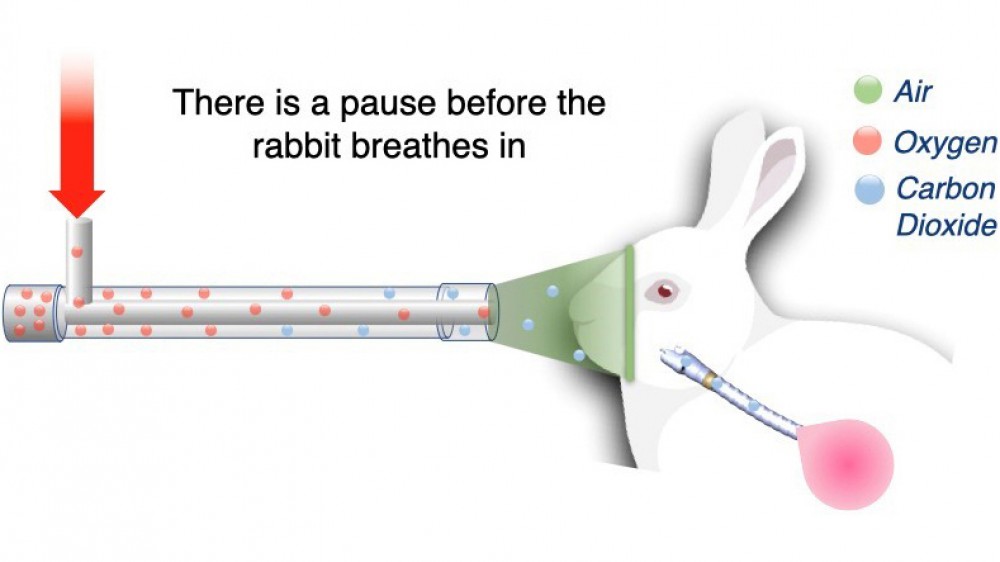
Managing anaesthesia and what can be done to prevent problems.
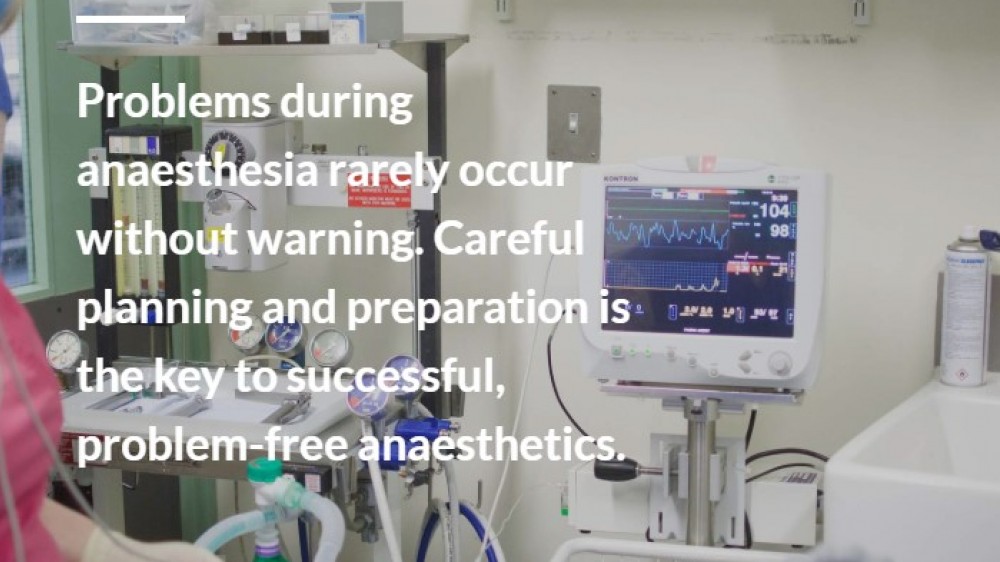
Recovery from anaesthesia and post-anaesthetic support.
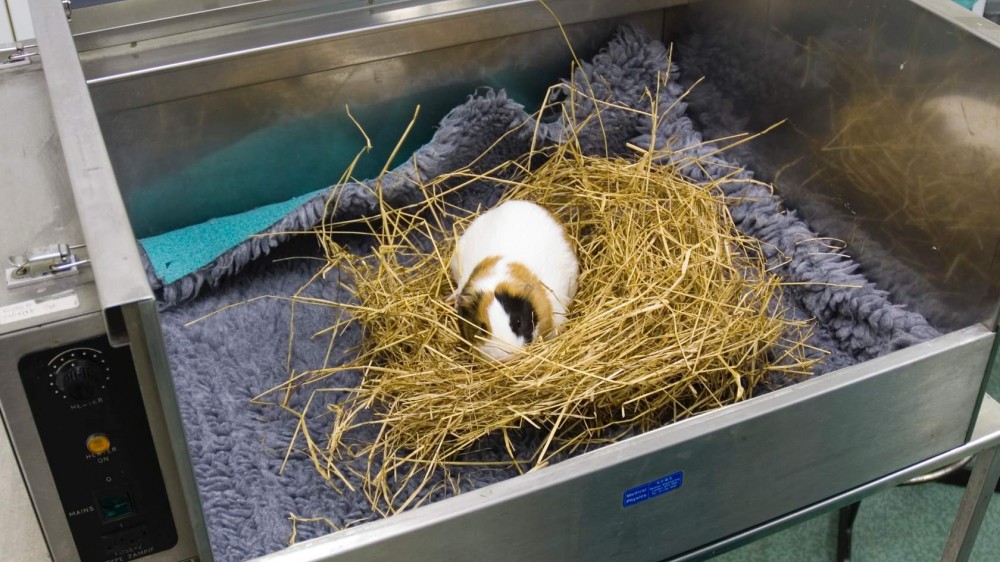
The welfare benefits of double-decker rodent cages in allowing rats to engage in natural behaviours.
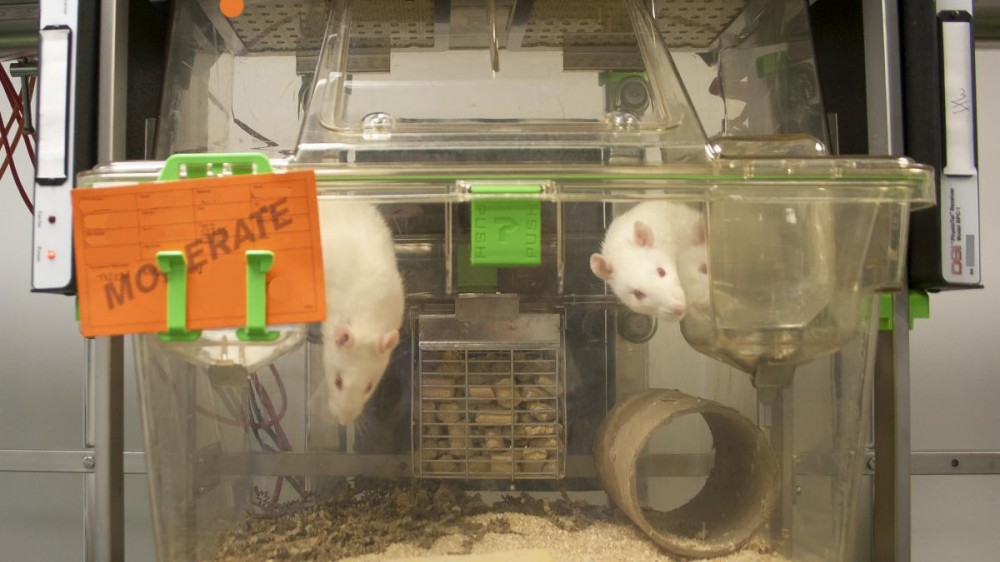
Group housed zebrafish show lower levels of stress and anxiety when they undergo procedures than those who are housed singly.
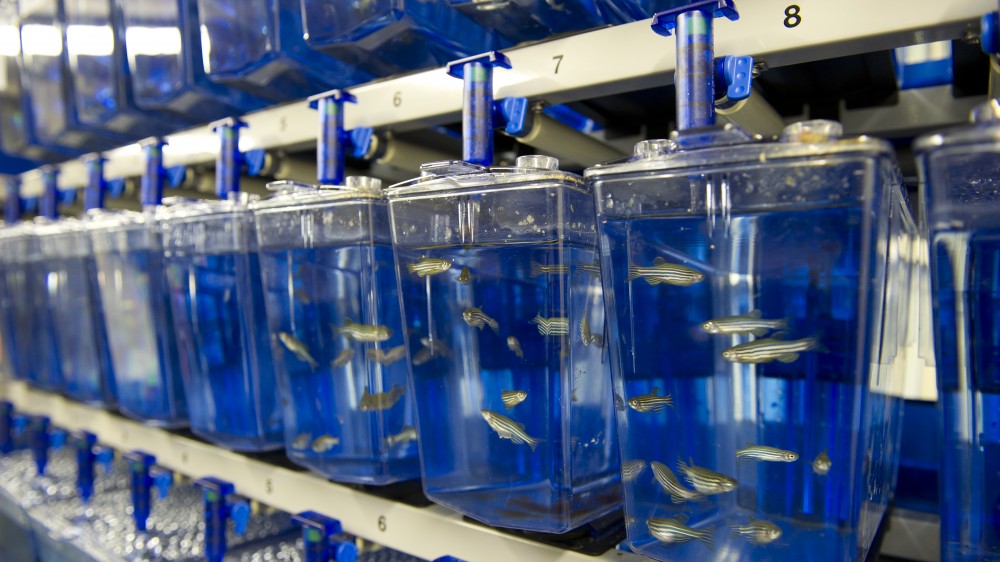
Key issues for the humane killing of laboratory animals.

General principles in analgesia to support best practice.
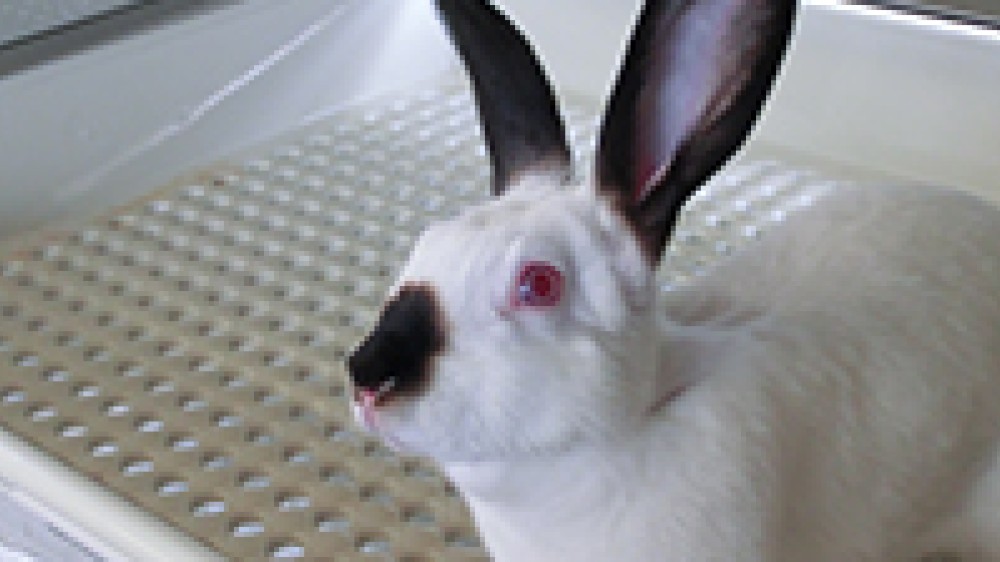
Examples of study designs that may be used for microsampling from either main study animals or from satellite groups of animals.
